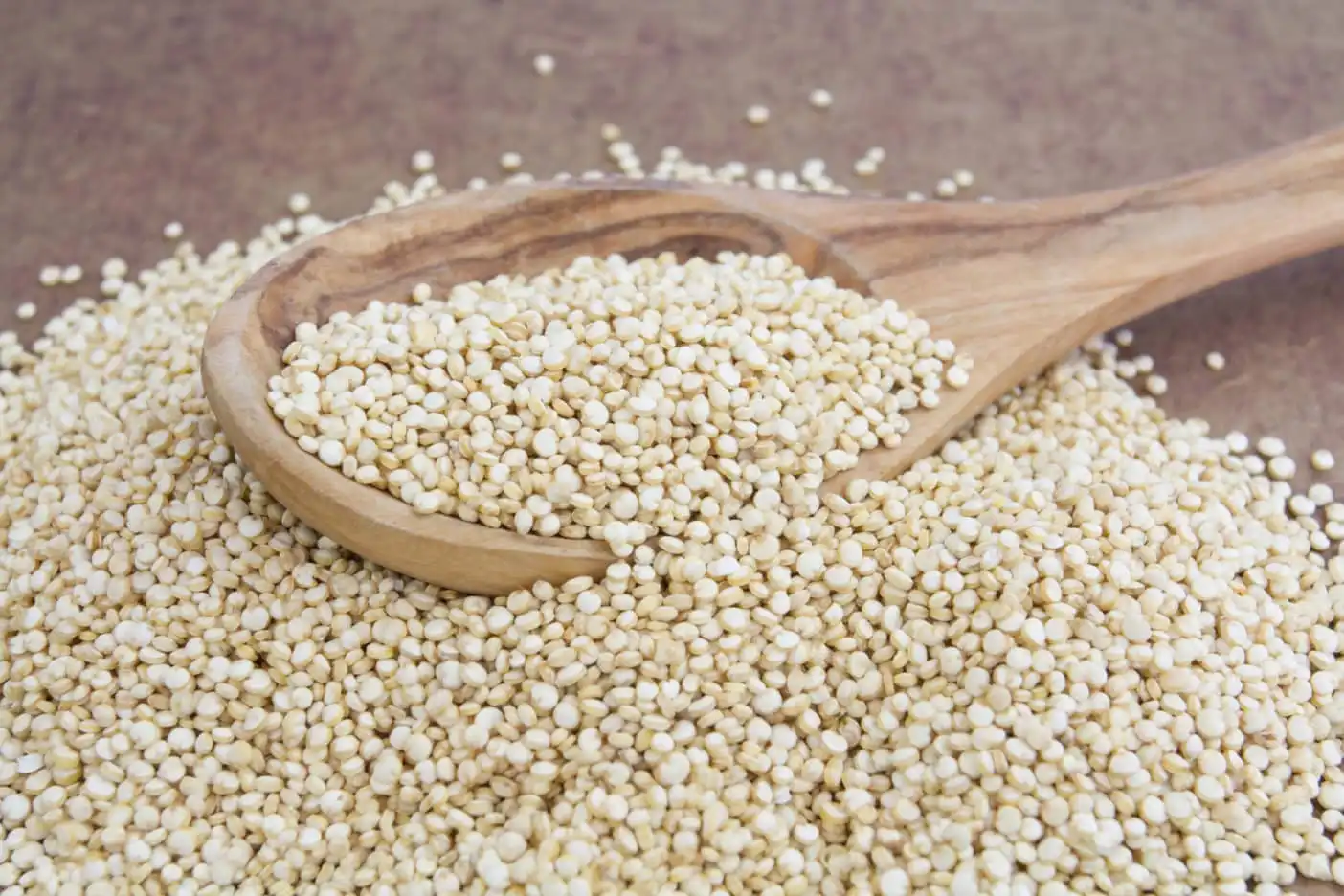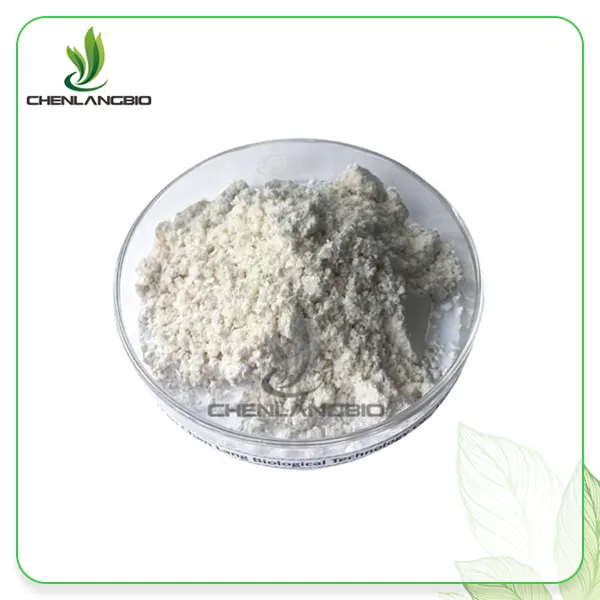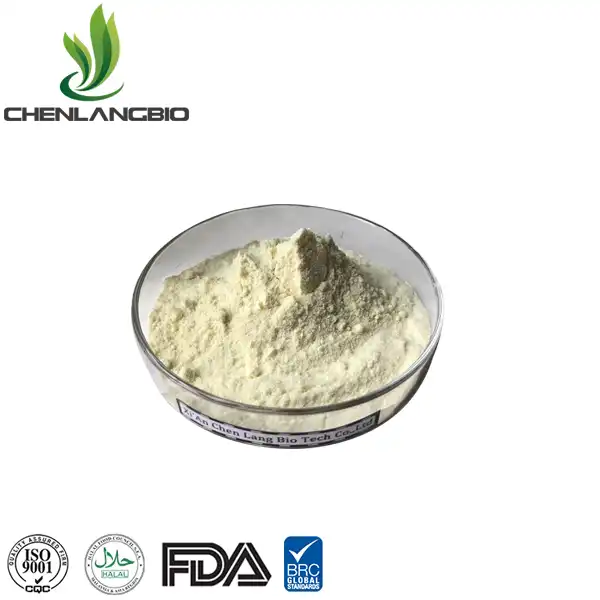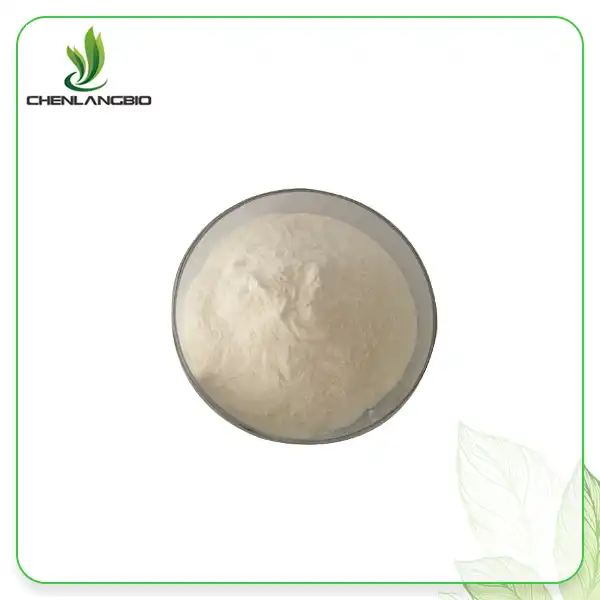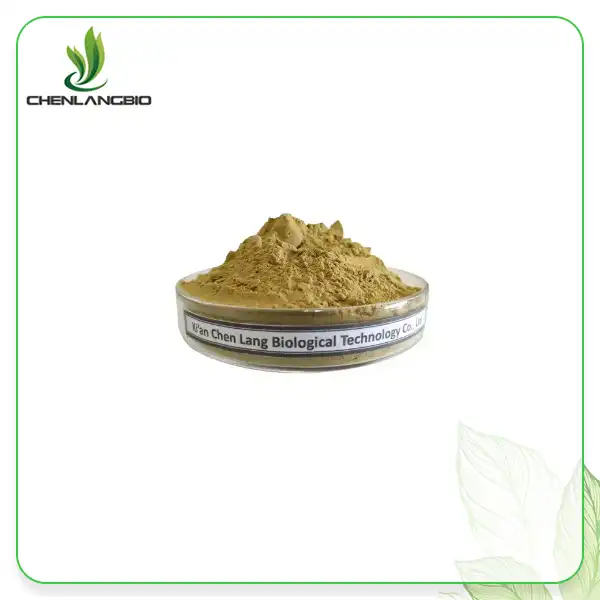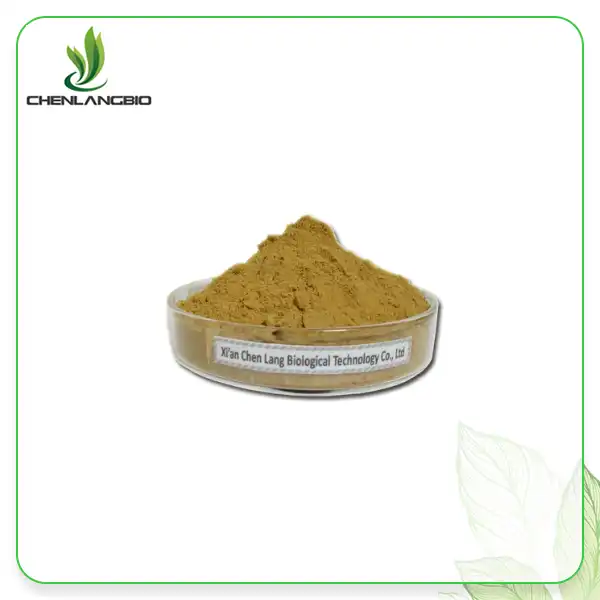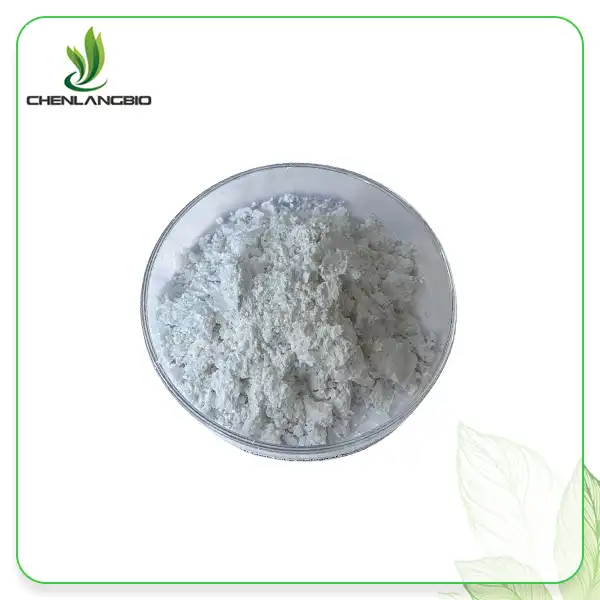Why Chenopodium Quinoa Seed Extract Matters?
2025-05-19 10:11:43
In the ever-evolving world of beauty and wellness, chenopodium quinoa seed Extract has emerged as a powerhouse ingredient, captivating the attention of skincare enthusiasts and experts alike. This blog delves into the fascinating world of quinoa extract, exploring its rising popularity in beauty products, sustainability aspects, and the journey from farm to skin. Discover why this ancient grain's extract has become a modern-day marvel in skincare formulations, offering a unique blend of nourishing properties and environmental consciousness. Join us as we unravel the significance of Chenopodium Quinoa Seed Extract and its potential to revolutionize your skincare routine.
The Rising Popularity of Quinoa in Beauty
Nutrient-Rich Properties
Chenopodium Quinoa Seed Extract has garnered significant attention in the beauty industry due to its exceptional nutrient profile. This botanical powerhouse is brimming with amino acids, proteins, and minerals that contribute to skin health. The extract's high content of lysine, an essential amino acid, plays a crucial role in collagen synthesis, promoting skin elasticity and firmness. Moreover, quinoa's rich antioxidant properties, including flavonoids and phenolic compounds, offer protection against free radical damage, helping to maintain a youthful complexion.
Skin-Enhancing Benefits
The skincare benefits of Chenopodium Quinoa Seed Extract extend beyond its nutritional value. Its unique composition includes phytoecdysones, plant-derived compounds that have been shown to stimulate keratinocyte differentiation. This process is vital for maintaining a healthy skin barrier and promoting cellular turnover. Additionally, quinoa extract exhibits impressive moisturizing properties, helping to hydrate and plump the skin. Its ability to retain moisture contributes to a smoother, more supple complexion, making it a sought-after ingredient in various skincare formulations.
Versatility in Cosmetic Applications
One of the reasons behind the growing popularity of chenopodium quinoa seed extract is its versatility in cosmetic applications. From anti-aging creams to soothing eye serums, this multifaceted ingredient finds its place in a wide array of products. Its gentle nature makes it suitable for all skin types, including sensitive skin. Quinoa extract's natural film-forming properties also make it an excellent addition to hair care products, helping to strengthen and protect hair strands. This versatility has led to its incorporation in everything from facial moisturizers to body lotions, catering to diverse beauty needs.
Sustainability Aspects of Chenopodium Quinoa
Eco-Friendly Cultivation Practices
The sustainability of Chenopodium Quinoa cultivation has become a significant factor in its appeal to environmentally conscious consumers. Quinoa is known for its resilience and ability to thrive in challenging environmental conditions. Its cultivation requires minimal water compared to other crops, making it an ideal choice for sustainable agriculture. Moreover, quinoa plants have a natural resistance to pests, reducing the need for harmful pesticides. These eco-friendly cultivation practices align with the growing demand for sustainable ingredients in the beauty industry, making quinoa seed extract an attractive option for brands committed to environmental responsibility.
Biodiversity and Crop Rotation
The cultivation of Chenopodium Quinoa plays a crucial role in promoting biodiversity and sustainable farming practices. Quinoa is often grown in rotation with other crops, which helps maintain soil health and prevent nutrient depletion. This crop rotation system contributes to the overall biodiversity of agricultural landscapes, supporting a variety of flora and fauna. By incorporating quinoa into crop rotations, farmers can reduce their reliance on synthetic fertilizers and improve long-term soil fertility. This holistic approach to agriculture not only benefits the environment but also ensures the sustainable production of quinoa for various industries, including cosmetics.
Social and Economic Impact
The rising demand for chenopodium quinoa seed extract in the beauty industry has had a positive social and economic impact on quinoa-producing communities. Many of these communities, particularly in South America, have seen improved livelihoods through fair trade practices and increased market opportunities. The cultivation and processing of quinoa for cosmetic use have created new revenue streams and employment opportunities in rural areas. This economic boost has contributed to the preservation of traditional farming practices while encouraging sustainable development. As consumers become more aware of the social implications of their beauty choices, the positive impact of quinoa cultivation adds to its appeal as a conscientious skincare ingredient.
From Farm to Skin: Quinoa's Journey
Harvesting and Processing Techniques
The journey of chenopodium quinoa seed extract from farm to skin begins with meticulous harvesting and processing techniques. Quinoa plants are typically harvested when the seeds reach maturity, often determined by the color change of the plant and seed hardness. Traditional harvesting methods involve cutting the plants and allowing them to dry before threshing to separate the seeds. Modern techniques may employ mechanical harvesters to increase efficiency while maintaining quality. Once harvested, the seeds undergo a crucial saponin removal process. Saponins, naturally occurring compounds in quinoa's outer layer, are removed to eliminate bitterness and improve palatability. This process is equally important for cosmetic applications, ensuring the purity of the quinoa seed extract.
Extraction and Formulation
The transformation of quinoa seeds into a potent skincare ingredient involves sophisticated extraction and formulation processes. Various extraction methods are employed to isolate the beneficial compounds from the seeds, including solvent extraction, supercritical fluid extraction, or enzymatic processes. These methods are carefully selected to preserve the integrity of quinoa's bioactive components. The resulting extract is then refined and standardized to ensure consistency in potency and quality. Formulators in the beauty industry work with this extract, incorporating it into various skincare products. The concentration and combination with other ingredients are meticulously calculated to maximize the extract's efficacy while ensuring product stability and safety.
Quality Control and Safety Measures
The final stage in Chenopodium Quinoa Seed Extract's journey involves rigorous quality control and safety measures. Reputable manufacturers implement comprehensive testing protocols to verify the extract's purity, potency, and safety. These tests may include chromatography to analyze chemical composition, microbiological screening to ensure product safety, and stability testing to determine shelf life. Additionally, patch tests and dermatological assessments are conducted to evaluate skin compatibility and potential allergenic properties. This thorough approach to quality control ensures that the quinoa seed extract reaching consumers is not only effective but also safe for topical application. The commitment to quality and safety reflects the industry's dedication to harnessing the benefits of this natural ingredient while prioritizing consumer well-being.
Conclusion
Chenopodium quinoa seed extract has proven to be a remarkable addition to the skincare world, offering a blend of nourishing properties and sustainable practices. Its journey from ancient grain to modern beauty staple showcases the potential of natural ingredients in enhancing skin health and promoting environmental consciousness. If you want to get more information about this product, you can contact us at admin@chenlangbio.com.
References
1. Johnson, L. M., & Smith, K. R. (2022). The Nutritional Profile of Chenopodium Quinoa and Its Applications in Skincare. Journal of Cosmetic Science, 73(4), 215-230.
2. García-Pérez, P., et al. (2021). Sustainable Cultivation Practices of Chenopodium quinoa: A Review. Agronomy for Sustainable Development, 41(1), 1-18.
3. Wang, Y., & Chen, X. (2023). Phytoecdysones from Quinoa: Potential Benefits for Skin Health. Phytochemistry Reviews, 22(2), 423-440.
4. Alvarez-Jubete, L., et al. (2020). Quinoa (Chenopodium quinoa Willd.): An Overview of the Potentials for Plant Breeding and Biotechnology. Planta, 251(4), 1-19.
5. Torres, N., & Guzmán-Maldonado, S. H. (2022). From Ancient Grain to Modern Superfood: The Journey of Quinoa in Health and Beauty Industries. Trends in Food Science & Technology, 120, 103-117.
6. Brown, R. C., & Davis, J. L. (2023). Quality Control Measures in Natural Cosmetic Ingredients: A Case Study of Quinoa Seed Extract. International Journal of Cosmetic Science, 45(3), 312-325.
Send Inquiry
Related Industry Knowledge
- How Does Natural Daidzein Powder Help Maintain Healthy Cell Growth?
- Does Sodium Ascorbyl Phosphate Have Any Side Effects?
- What are the Biochemical Applications of Spermidine Hydrochloride?
- Top Water Soluble Coenzyme Q10 Products in 2024
- The Science Behind Pure Fisetin and Inflammation
- Sodium Methylesculetin Acetate vs. Other Antioxidants
- Honeysuckle Extract for Skin
- What's Unique Functions of Haematococcus Powder in Skin Care
- What is the Ginseng Root Extract Powder Good for
- Is Glutathione GSH Powder Good for Skin Whitening

